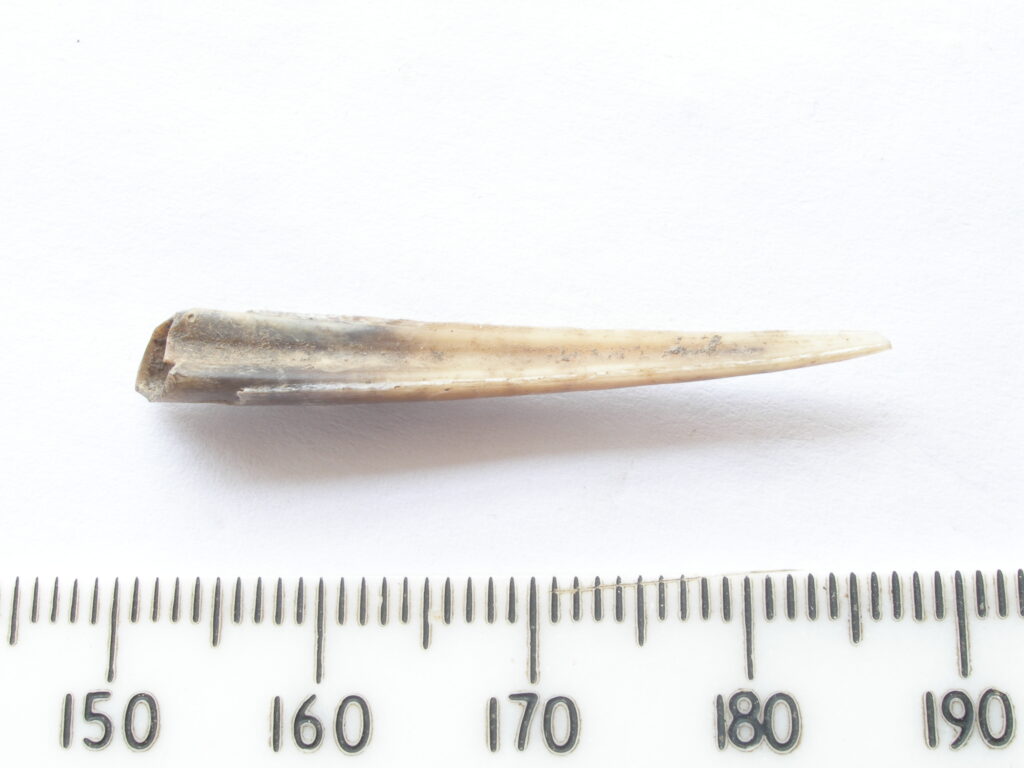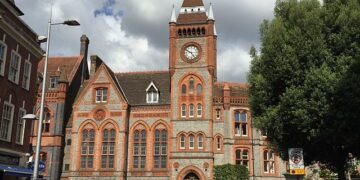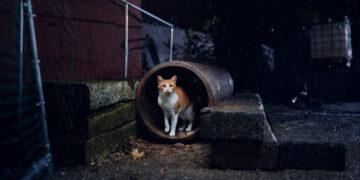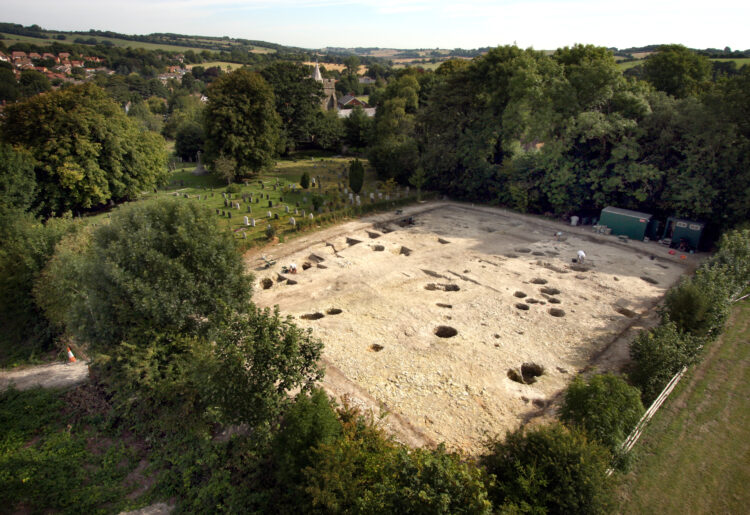SCIENTISTS from the University of Reading have found a beak excavated in Kent belonged to a species reintroduced to the county just last week.
A beak was found in a 1,400-year-old Anglo-Saxon settlement at Lyminge monastery, which underwent excavation a number of years ago, was determined to belong to a red-billed chough.
Professor Gabor Thomas found the beak while excavating an important Anglo-Saxon settlement at he site, that went on to become a royal centre and monastery in the 7th century.
The faded, 4cm-long beak, which was worn as a pendant, was recovered from a sixth-century building within the site settlement excavated in 2013.
It was only formally identified as having come from a red-billed chough last month following inspection by Hein van Grouw, Bird Curator at the Natural History Museum in Tring, Hertfordshire.

Famed for their bright red beaks, the small birds can be seen on the Canterbury coat of arms.
After 200 years of extinction, the first red-billed choughs to be born in two centuries successfully took flight in the county last week.
The reintroduction programme, led by Wildwood Trust, Kent Wildlife Trust and Paradise Park, aims to introduce up to 50 birds in the South East over five years.
Professor Thomas said: This tiny beak tells an extraordinary story that spans fourteen centuries.
“To think that 1,400 years ago, someone at Lyminge valued a chough’s crimson beak so much they turned it into a pendant and wore it around their neck – it shows just how deeply embedded these birds were in Kent’s cultural landscape.
“The fact that we’re now celebrating the first wild chough to fledge in Kent for over two centuries makes this discovery even more poignant.
“It’s remarkable proof that our connection with these charismatic red-beaked birds isn’t just recent folklore – it runs right back to the very foundations of the Anglo-Saxon kingdom of Kent.
“This little beak shows that choughs have been part of Kent’s story for far longer than we ever imagined.”
























